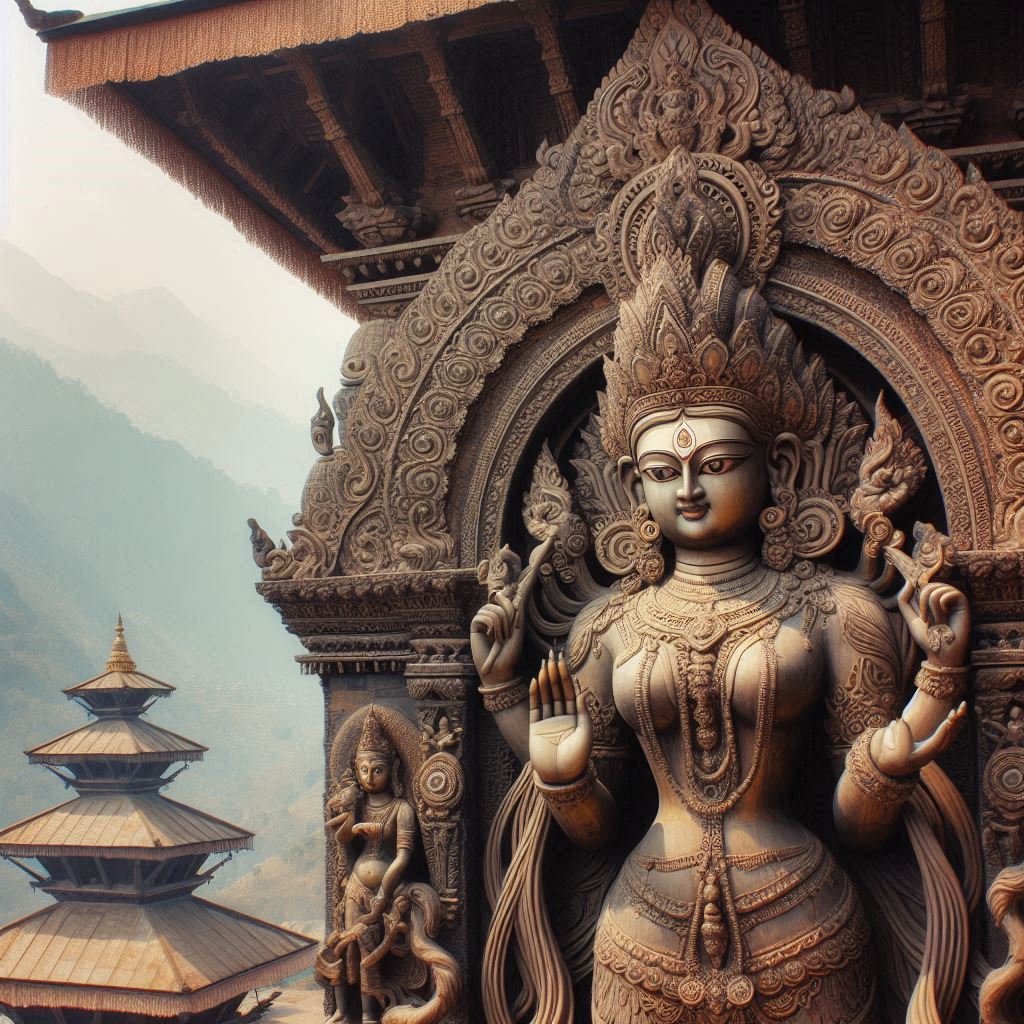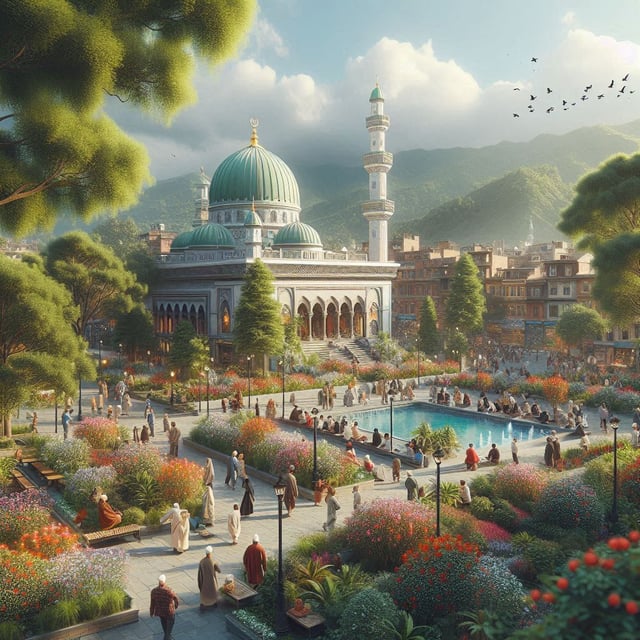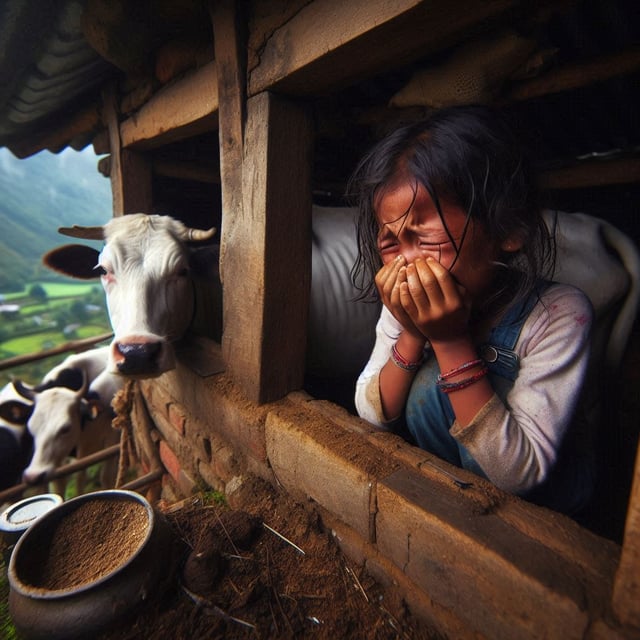Shrines of Nepal and Etymology.

Nepal, an incredibly spiritual country has excellent background stories of various districts named after religious shrines.
Some historical sites in Nepal are so ancient, that the origin of their name isn’t known.
The Gorkha district, for example, is known for its grassland which is called Kharka in the local dialect. Karka may have had a phonological change and became “Garkha” and then evolved into today known “Gorkha”.
One of the lesser known districts of Nepal, is Kalikot district of Karnali province. Kalikot is named after the goddess Kali’s temple, around the temple, is the fort (kot) constructed by the local rulers of Kalika.
In the plains of Nepal, there is a temple of Sarlahi Devi at Hempur. It is believed that anyone who goes to the temple at night will die the next day, so there is no habitation near the temple, and from this remote temple, Sarlahi district got its name.
Parsa district is derived from Paarasanaath Math and the temple at Mahuvan Village. In 1707CE, the religious space was built by Makwanpurian King Manikya Sen. The temple is named after a saint called Parsanath Baba and is growing as a tourist destination.
These stories can also have magical components like in Bajhang.
In present-day Chhabisepaathibhere Rural Municipality, a black polished rock was uncovered while constructing a fort. The stone was dropped into the river but the rock miraculously returned to its original position. So, the local king invited his teachers and advisors; these scholars studied and declared the stone to be the god Kaal Bhairab.
When lighting struck the fort, Kaal Bhairab protected it and there was no damage, as a result, it was called Bajranga (Bajra means lighting), and this slowly became Bajhang.
The Palanchowk in Kavrepalanchowk district (generally known as Kavre district) is named after the famous Palanchowk Bhagwati temple; the story connects to a goddess who ate humans after dark. Palanchowk Bhagwati temple is linked to King Mandev (465-505 CE), while he was shifting the goddess to a new location as per her wishes in his dream.
Kathmandu Valley is known as the city of temples with around 3000 temples in a region the size of Singapore.
Kathmandu is derived from the term Kasthamandap which is a rest house and religious shrine related to Gorakhnath.
After the 2015 devastating earthquake, excavations conducted in Kasthamandap, verified the base was from the 7th century CE.
These magical and ancient temples reveal Nepal’s fascinating history. Not only is it an interesting historical angl of this magical country, it is visually breathtaking.
Author
Kripendra Amatya, Researcher, Nepa~laya Productions
Editor
Dana Moyal Kolevzon, Director of International Relations, Nepa~laya Productions
Published Date
January 1, 1970



